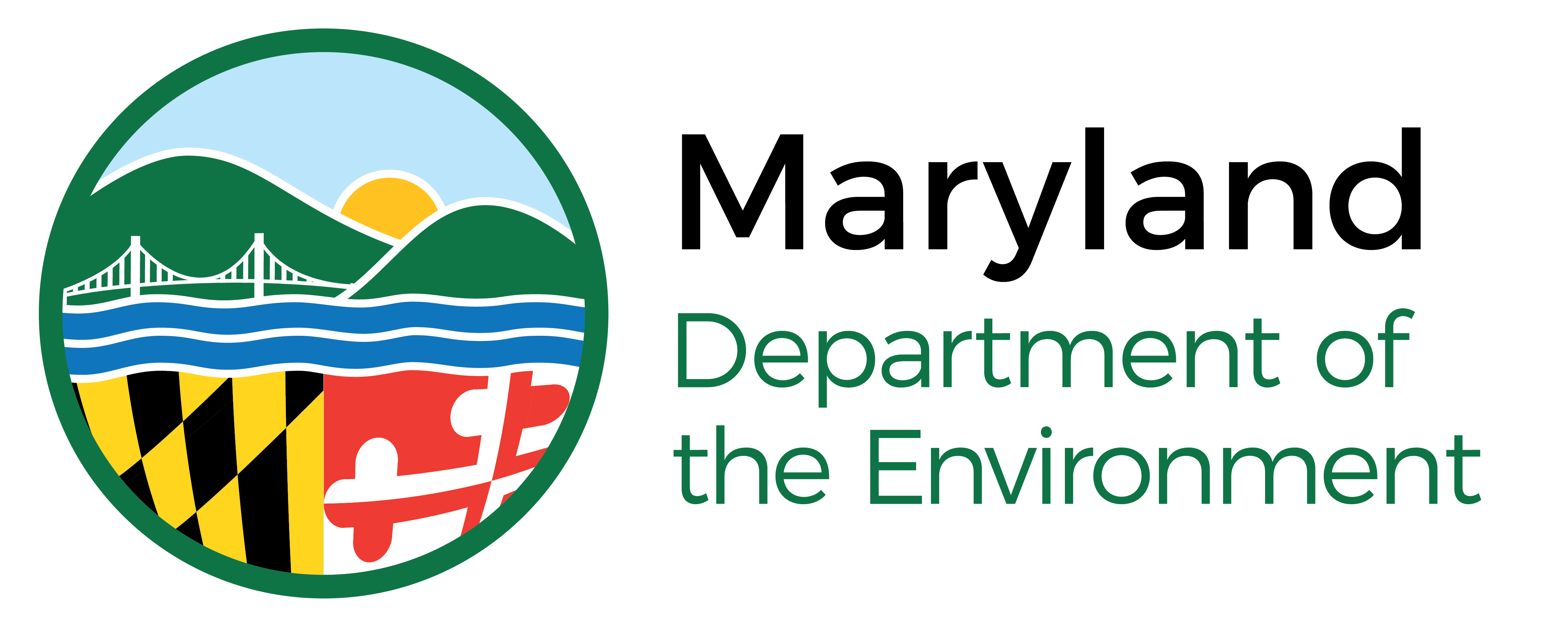Broadford Lake in Western Maryland provides several community benefits, including recreational use, a drinking water source, and runoff and flood storage. Recently, nutrient levels have caused concerns about algal blooms in the lake. The Broadford Lake Watershed Committee discussed a plan to address the lake’s phosphorus TMDL based on voluntary activities as there are no regulated entities in the watershed that have compliance obligations with respect to water quality in Broadford Lake. This framing created specific challenges in terms of financing implementation of water quality improvement projects. The lake faced other water resource management issues, such as dam safety and harmful algal blooms, that could be effectively leveraged in this planning process to expand the potential sources of funding for project implementation.
The EFC developed a preliminary revenueshed analysis to support the development of a water resources implementation plan that includes realistic funding and financing strategies.
What is a “revenueshed”?
You’ve likely heard of a watershed, and revenueshed is a play on that word. Our network partner UNC EFC developed this approach; the idea was to identify the full range of stakeholders in the water quality, quantity and uses of a water body to extend beyond the traditional “polluter pays” financing model that has been codified in many state and federal statutes. The revenueshed framework can be used to cultivate accountability for all those that contribute to a problem and benefit from a solution, as well as promote discussions and collaborations among local governments and stakeholders. The approach considers who will benefit from having a lake with clean water. The boundaries for a revenueshed can be quite different from a watershed’s boundaries. For example, New York City draws some of its drinking water from the upper reaches of the Delaware River, but the city is entirely outside of the river’s watershed.
For Broadford Lake, the revenueshed analysis helped partners assess various financing scenarios and the impacts of those scenarios on project selection. It also helped the partners determine whether other stakeholders should be at the table to develop the implementation plan.
Sponsor

